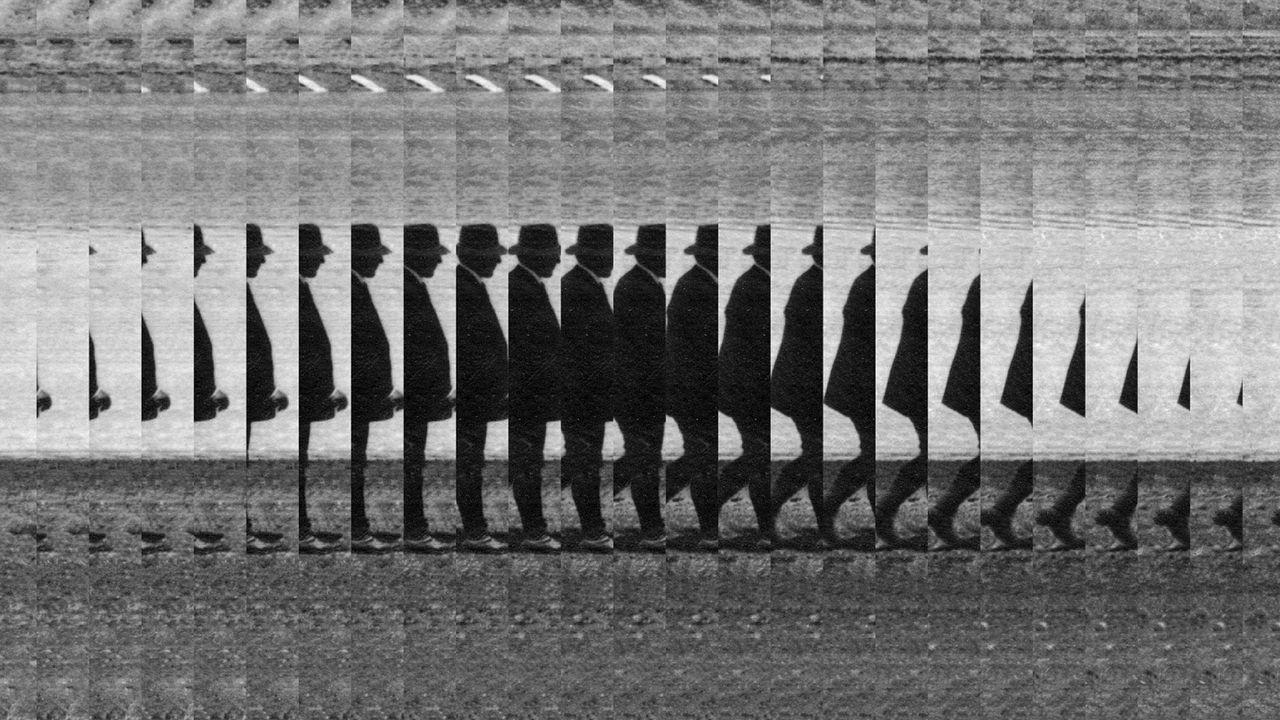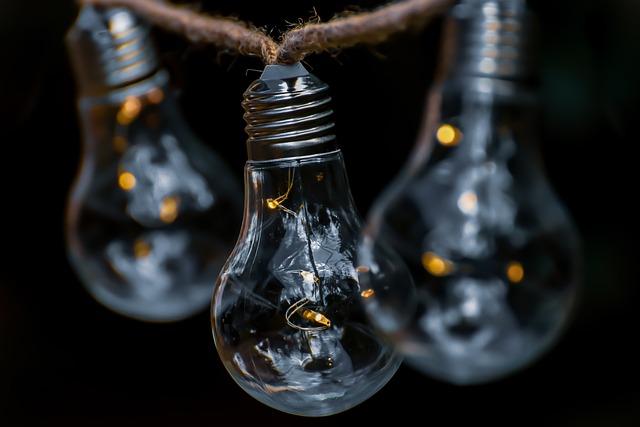In the realm of cinema, where the past comes alive and stories are woven from the threads of history, the art of creating immersive film sets for historical dramas stands as a testament to human ingenuity and creativity. Each cobblestone street, grandiose ballroom, and humble cottage is meticulously crafted to transport audiences across time, allowing them to walk alongside characters and witness history unfold firsthand. This intricate dance of design and authenticity demands a delicate balance of research, artistry, and innovation. Join us as we delve into the fascinating techniques that breathe life into bygone eras, transforming mere sets into portals of time.
Crafting Authenticity: Sourcing Period-Accurate Materials
To bring historical dramas to life, sourcing materials that resonate with the era is crucial. This process requires meticulous research and an eye for detail. Begin by diving into the historical context of the period you are recreating. Examine artifacts, paintings, and textiles from the era to understand the materials used. It’s essential to collaborate with historians or experts who can provide insights into the authenticity of the items.
When selecting materials, consider the following:
- Fabrics: Opt for natural fibers like wool, linen, and cotton. Avoid modern synthetics that can break the illusion.
- Woodwork: Use period-appropriate wood types and joinery techniques. Handcrafted pieces add an extra layer of authenticity.
- Metals: Incorporate metals like iron and brass with traditional forging methods to enhance historical accuracy.
By prioritizing these authentic materials, the film set becomes a tangible extension of the story, allowing audiences to fully immerse themselves in the historical narrative.

Designing Time Travel: Architectural Techniques for Historical Precision
In the quest to create authentic historical environments, film set designers employ a variety of architectural techniques to ensure every detail resonates with the past. The magic lies in combining meticulous research with creative execution. Designers often begin by studying period-appropriate blueprints and photographs, translating these elements into tangible structures. This process involves the use of aged materials, such as weathered wood or hand-crafted bricks, to mimic the textures and aesthetics of bygone eras.
- Material Sourcing: Utilizing reclaimed wood and vintage textiles to evoke the tactile authenticity of the period.
- Period-Accurate Furnishings: Incorporating antique furniture and replicas to enrich the visual narrative.
- Architectural Details: Focusing on moldings, archways, and period-specific layouts to enhance historical accuracy.
- Lighting Techniques: Employing natural light and period-appropriate fixtures to create an atmosphere true to the era.
Attention to these details allows audiences to be transported seamlessly into the past, creating an immersive experience that is both educational and captivating. By blending artistry with historical fidelity, designers craft worlds that are as compelling as the stories they support.

Atmospheric Details: Lighting and Color Schemes for Era-Specific Ambiance
In crafting the visual essence of a historical drama, the lighting and color schemes play a pivotal role in transporting audiences to a specific era. Filmmakers often employ a palette that reflects the mood and aesthetic of the time period they aim to depict. For instance, the muted, sepia tones of the Victorian era evoke a sense of nostalgia and formality, while the vibrant, saturated hues of the 1960s capture the spirit of change and rebellion. Lighting techniques such as the use of natural light or candlelight can enhance authenticity, creating shadows and highlights that mirror the period’s ambiance.
- Natural Light: Emulates the softer, more diffused lighting typical of pre-electricity eras.
- Candlelight: Adds warmth and intimacy, ideal for period settings that rely on natural sources of illumination.
- Color Temperature: Cooler tones might depict the starkness of a war-torn period, while warmer tones can suggest the opulence of a royal court.
By thoughtfully integrating these elements, filmmakers can ensure that each scene resonates with historical accuracy, inviting viewers into a world that feels both authentic and immersive.

Beyond the Surface: Integrating Technology for Enhanced Set Realism
In the quest to craft authentic and immersive film sets for historical dramas, filmmakers are leveraging cutting-edge technology to breathe life into their scenes. Augmented Reality (AR) and Virtual Reality (VR) are transforming pre-visualization processes, allowing directors and set designers to explore environments before a single prop is placed. By using AR, creators can overlay digital elements onto physical spaces, providing a seamless blend of the past and present. This not only aids in accurate set construction but also ensures that every detail aligns with historical authenticity.
Additionally, 3D printing technology is revolutionizing prop creation. With its ability to produce intricate replicas of historical artifacts, filmmakers can achieve a level of detail previously unattainable. The use of LED walls and projection mapping offers dynamic backgrounds that adapt to lighting and weather conditions, enhancing the realism of outdoor scenes. These advancements make it possible to recreate expansive landscapes and intricate interiors without leaving the studio, ensuring that each frame captures the essence of the era.
- Augmented Reality (AR): Merges digital elements with physical sets.
- Virtual Reality (VR): Facilitates detailed pre-visualization.
- 3D Printing: Produces precise historical replicas.
- LED Walls & Projection Mapping: Provides dynamic and adaptable backgrounds.

